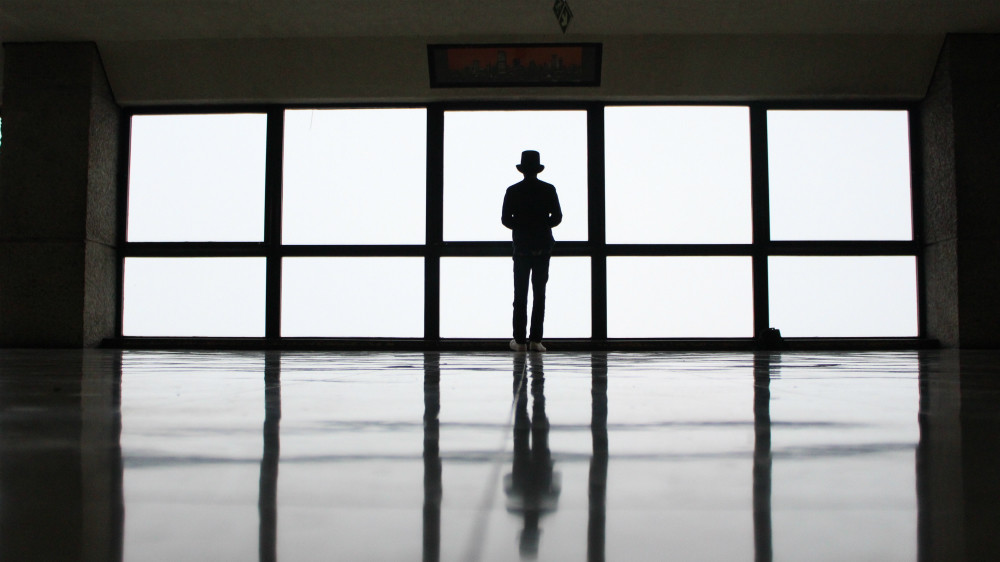The Path of Solitude vs Collaboration


To what extent do you shape time to be in solitude? And the corollary question, to what extent do you pursue right collaboration?
This is a topic I’ll explore with the help of two visionary thought leaders in the upcoming Quest2018, a free community event designed to help you envision and track your best year.
For creatives and entrepreneurs, the conversation around solitude versus collaboration far exceeds whether you are introverted or extroverted.
The conversation instead considers the nature of what is solitude versus being alone and, in extreme cases, being isolated. It also grapples with the notion of what is real collaboration. We can work in the company of others or in accountability circles or mastermind groups, but does that tap the true essence of a collaboration?
I’ve thought a lot about the nature of true collaboration and how we can pursue it to produce our best work. I’ve built a free international community around the idea of it. I’ve collaborated with other brands to produce events. I’ve been building Tracking Wonder’s own team around true collaboration. I’ve facilitated 10 business artist meetups around the world based on the idea of collaboration. And I’ve helped business leaders, entrepreneurs, and creatives finesse how to develop effective collaborations.
Let’s put the topic of solitude versus collaboration into a cultural context.
In the 1980s there were studies done in the United States that asked employees whether they wanted opportunities for more collaboration and connection in the workplace. Overwhelmingly, far more than 50% of employees said they did want more collaboration.
In direct response throughout the 90s, a trend started for open workplaces. We see now the preponderance of open workspaces where everyone sees and hears each other throughout the workday.
As a consequence, according to one informal survey, 58% of high-performing employees (HPEs) say they need more quiet spaces for problem-solving – and the majority of them now find their work places noisy and distracting.
The most optimal workplaces allow for both collaboration and solitude.
If you work at a brick and mortar organization, you may be thinking about how much solitude you need in order to advance your ideas, whether it’s in the company you work for or your own side gig and what true collaboration looks like in your workplace.
If you’re working as an entrepreneur or in your own business, how are you making time for solitude to do the deep dive work on your business and not just in your business where you’re checking off your to-do lists?
And once you pocket the time for solitude, how do you have the self-efficacy and discipline to use that time most productively?
If you’re on your own, how do you pursue right collaborations with others and what kind of risks are involved?
Join me for a deep dive round table conversation on the tension that exists between the need for solitude and the need for collaboration among entrepreneurs, professionals, and creatives with Pam Slim & Leo Babauta as part of the Quest2018 Experience.
Pam is an award-winning author, speaker, and business consultant and entrepreneur. Leo is a blogger, journalist, and author. His blog, Zen Habits, has over 200,000 subscribers and offers insights on changing negative habits in order to have a more simple, mindful life.
Quest is a free month-long global community experience that is mind-blowing and soul-opening. It’s been designed for you to engage with visionaries and peers who will challenge you to re-think the status quo and the same approaches to business. Embrace change, be open to new ideas and prepare to Quest in a whole new way.
Ultimately, you will come away from Quest with a vision for your best year in 2018 + a supportive community to help you enact that vision.
Join Quest2018 and share this article with someone who these days might need a lift or a nudge to shape a meaningful year.
I’m interested in how you would describe true collaboration!